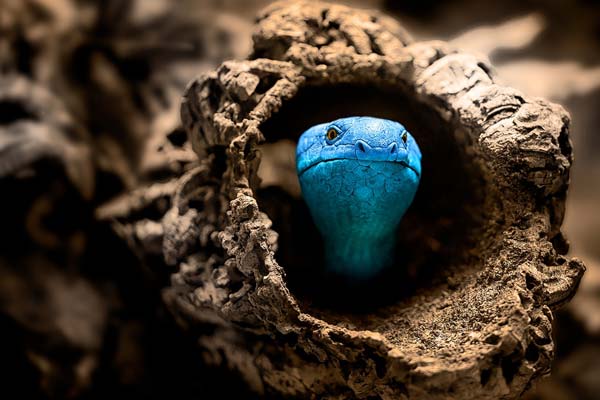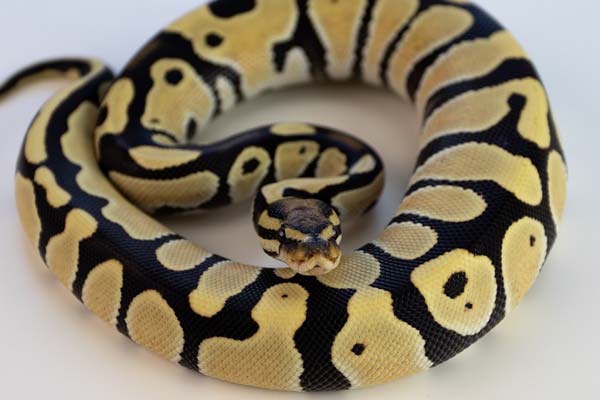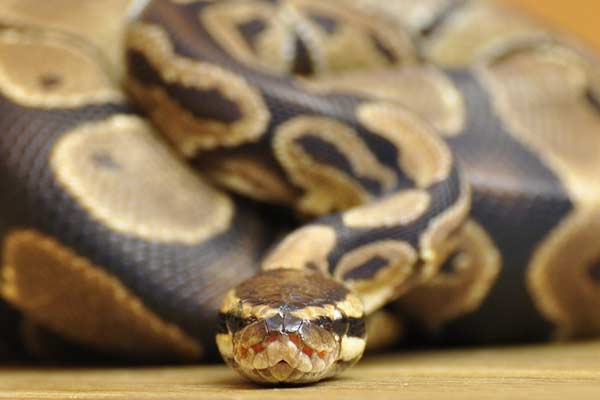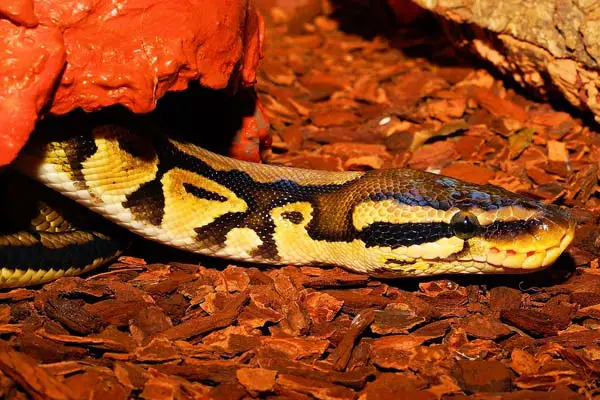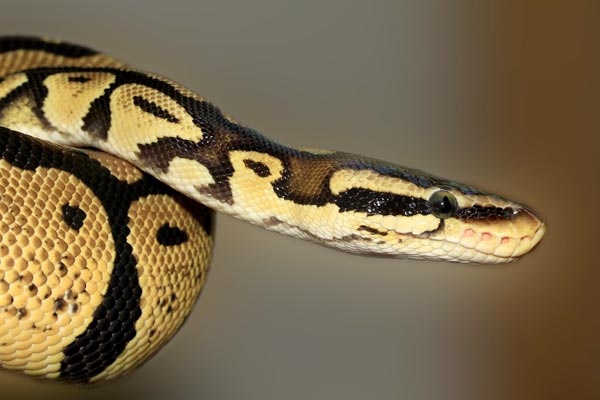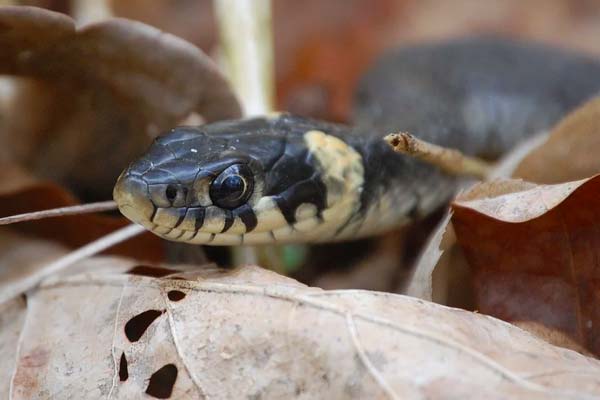What Does A Snake Nest Look Like? How to Spot and Identify Their Unique Hideouts
Snake nests are a fascinating aspect of the world of snakes. Snakes create these nests to lay their eggs, give birth to their young, take shelter, or hide from predators. The appearance of a snake nest can vary depending on the type of snake that created it and the materials available in the environment.
Generally speaking, a snake nest looks like a pile of loose vegetation. It often appears as a mound of leaves that the snake may have crushed down and even have eggs buried inside.
Some snakes prefer to create their nests in animal burrows that have been vacated, underneath rocks, beneath loose sand, or underneath dead and hollow logs. Understanding the appearance of a snake nest can be essential in identifying the presence of snakes in an area.
What Does A Snake Nest Look Like?
Regarding snakes, their nests are usually referred to as dens. A snake’s den is a place where they can rest, hide, and even lay eggs. Snakes usually prefer to build their dens secluded and safe from predators.
Size, Shape, and Location
Snake dens come in different shapes and sizes depending on the snake species. Some snake dens can be as small as a few square feet, while others can be much larger and accommodate multiple snakes. The shape of a snake den can also vary, from a simple hole to a complex network of tunnels.
Snakes prefer to build their dens in areas that offer protection from predators and harsh weather conditions. Common locations for snake dens include rocks, animal burrows, logs, and piles of leaves.
Types of Snake Nests
Snakes build different types of nests depending on their species and habitat. Here are the three main types of snake nests:
Ground Nests
Ground nests are the most common type of snake nests. Snakes that build ground nests usually dig burrows or use existing holes to create their nests. These nests are often located in areas with loose soil, such as fields, meadows, and forests.
Ground nests are usually simple and consist of a small chamber where the female snake lays eggs. The chamber is often covered with leaves, twigs, or other debris to provide protection and camouflage.
Tree Nests
Some species of snakes, such as tree snakes, build their nests in trees. Tree nests are usually located in tree branches, often built using leaves, twigs, and other materials. These nests are often difficult to spot as they blend in with the surrounding foliage.
Tree nests are often used by snakes that live in areas with high water levels or flooding. By building their nests in trees, these snakes can avoid being flooded out of their nests during heavy rains.
Burrow Nests
Burrow nests are usually built by snakes living in sandy or loose soil areas. These nests are often located in animal burrows or abandoned rodent dens. Burrow nests are more complex than ground nests and often have multiple chambers.
Burrow nests provide better protection for the eggs and young snakes, as predators are less likely to disturb them. Snakes that build burrow nests often use the same nest year after year.
Construction and Appearance
Snakes build their dens using natural materials such as leaves, grass, twigs, and soil. Some species of snakes use the same den year after year, adding new materials as needed.
The exterior of a snake den can be challenging to distinguish from its surroundings, as snakes often camouflage it with natural materials. The interior of a snake den is usually lined with softer materials, such as leaves or grass, providing a comfortable resting place for the snake.
Eggs in Snake Nests
Snake nests are a place for snakes to rest and serve as a haven for their eggs. The number of eggs in a snake nest varies depending on the species. Some species lay only a few eggs, while others can simultaneously lay up to 100.
Snakes are known for their unique way of protecting their eggs. They do not sit on their eggs like birds but leave them in the nest, covering them with leaves, dirt, or other materials to keep them from predators. This process is called brooding.
The nest’s temperature is also crucial for the development of the eggs. The temperature determines the sex of the offspring, with higher temperatures producing more females and lower temperatures producing more males. Some species of snakes, such as the diamondback rattlesnake, will even shiver to raise the temperature of their nest to ensure the development of their eggs.
Not all snake species lay eggs; some give birth to live young, eliminating the need for a nest. However, the nest is crucial in egg-laying snakes’ reproductive process.
Snake Nests in Residential Areas
Do Snakes Nest in Houses?
Snakes can and do nest in houses, especially with easy access to food and shelter. Some familiar places where snakes may nest in homes include basements, attics, crawl spaces, and even inside walls. Snakes are attracted to these areas because they provide warmth, protection from predators, and a place to lay eggs.
Signs of Snake Nesting in Homes
Several signs may indicate the presence of a snake nest in a home. These include:
- Unpleasant odor: Snake urine and feces can produce a strong, musky odor that is difficult to ignore.
- Droppings: Snake droppings are often small and cylindrical and may be found near their nesting area.
- Snake skin: Finding snake skin in or around a home can indicate nesting activity since snakes shed their skin as they grow.
- Slither tracks: Snakes may leave a trail of scales or dirt behind them as they move, which can signify nesting activity.
Dealing with Snake Nests in Homes
If a snake nest is discovered in a home, contacting a professional pest control service is best to remove it. Removing a snake nest without proper training and equipment can be dangerous, as snakes may become aggressive when threatened.
To prevent snakes from nesting in homes, sealing all cracks and gaps in the foundation, walls, and roof is essential. This will make it more difficult for snakes to access the home’s interior. Keeping the area around the home clear of debris like leaf or wood piles can discourage snakes from nesting there.
Conclusion
In conclusion, a snake’s nest is typically a pile of loose vegetation, such as leaves; the snake may have crushed that down. Some snake species, like the python, prefer to lay their eggs in a warm, damp underground tunnel. Snakes usually nest in areas that provide shelter, warmth, and protection from predators.
Not all snakes build nests, and their preferences for living environments vary. Furthermore, while some snakes lay eggs in nests, others give birth to live young.
If you encounter a snake nest, it is best to avoid disturbing it. Snakes can be dangerous, and disturbing their nest may cause them to become aggressive. If you suspect snakes in your yard or property, contacting a professional to remove them safely is best.

